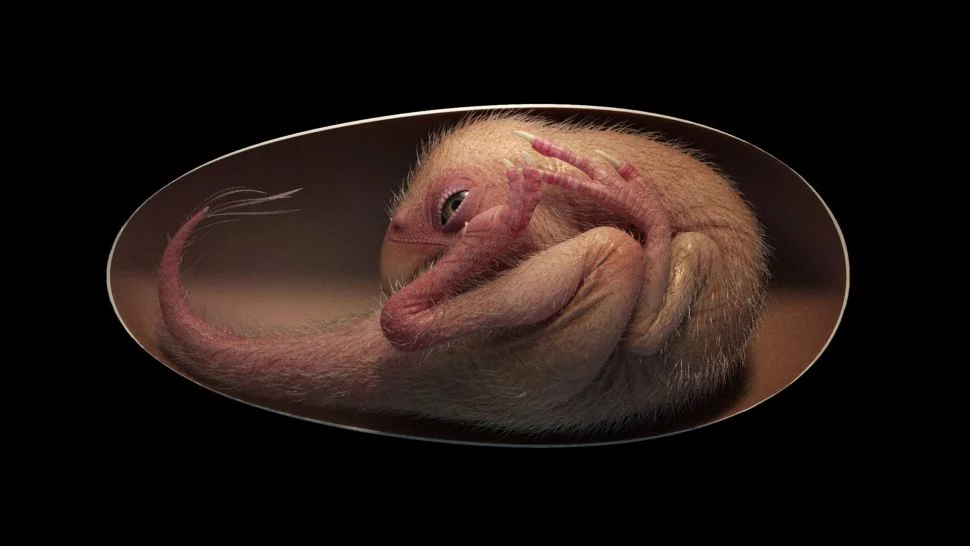 A team of scientists from universities in Canada, the United Kingdom and China announced on Tuesday the discovery of a fossilized dinosaur embryo, perfectly preserved in an egg that seemed about to hatch, in a similar way to how those of contemporary birds do. The conclusions of the specialists were published in the journal Science.
A team of scientists from universities in Canada, the United Kingdom and China announced on Tuesday the discovery of a fossilized dinosaur embryo, perfectly preserved in an egg that seemed about to hatch, in a similar way to how those of contemporary birds do. The conclusions of the specialists were published in the journal Science.
The embryo, christened Little Yingliang and about 27 centimeters from head to tail, was found in the city-prefecture of Ganzhou (in southern China). Although discovered in 2000, the egg was not examined until 2015, when a Chinese stone-mining company bought the fossil and it was deposited in a warehouse. The egg was then analyzed during the construction of the Yingliang Stone Museum of Natural History, and thus the skeleton of the embryo was revealed.
According to estimates, it dates from 66 to 72 million years ago (which corresponds to the Upper Cretaceous) and belongs to the oviraptorosaur clade of theropod dinosaurs, which, with little or no teeth, were feathered and inhabited present-day Asian and American territories from the North.
Little Yingliang's oval posture was what caught the experts' attention the most. Thus, its head lies below its body, with the legs bent on each side and the back curled up, something that had not been observed before in dinosaur eggs.
Such an embryonic position is intrinsic to modern birds. Controlled by the central nervous system, it leads the embryo to put its head under its right wing, to stabilize it, while the beak breaks the shell of the egg.
By comparing 'Little Yingliang' with embryos from other dinosaurs and birds, the scientists surmised that such a pattern of preparation for birth could have originated among non-avian theropods.
"The discovery of this embryo suggests that some behaviors prior to hatching (for example, clothing), which until now were considered exclusive to birds, could be ingrained in dinosaurs many tens or hundreds of millions of years ago," he said. Fion Waisum Ma, one of the study's lead authors, in an email to the LiveScience portal.
"This small, prenatal dinosaur looks like a baby bird nestled in its egg, which is further proof that many characteristic features of today's birds first evolved from their dinosaur ancestor," added Steve Brusatte, member of the scientific team, quoted in a statement from the University of Birmingham (UK). (Text and photo. RT)